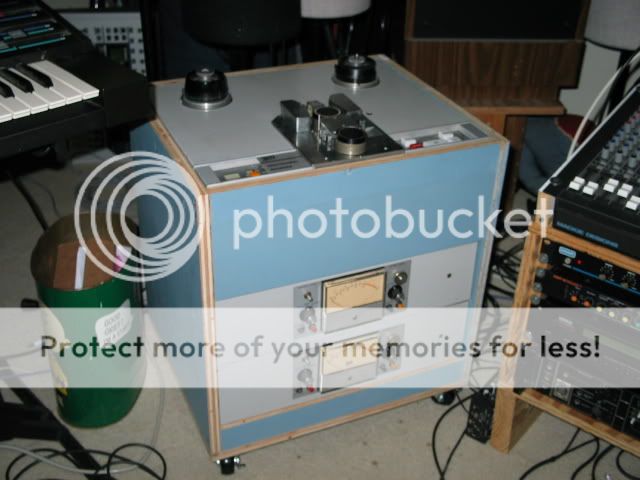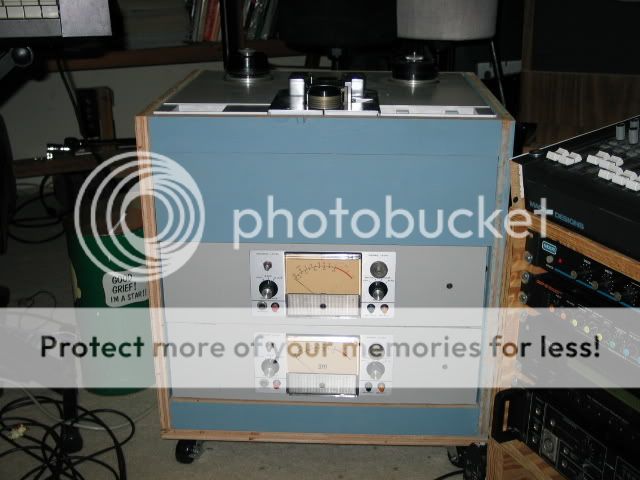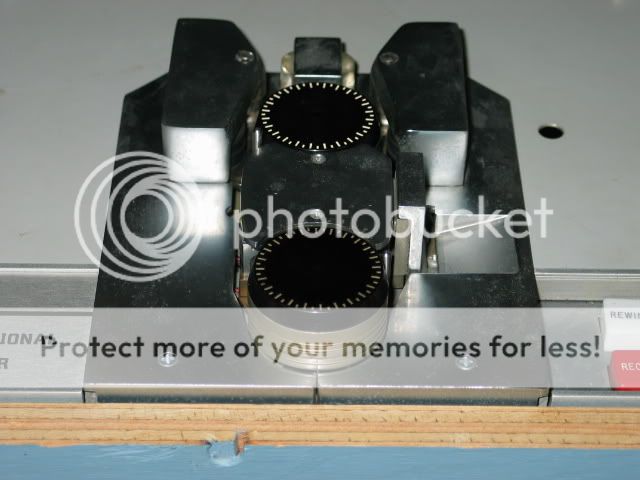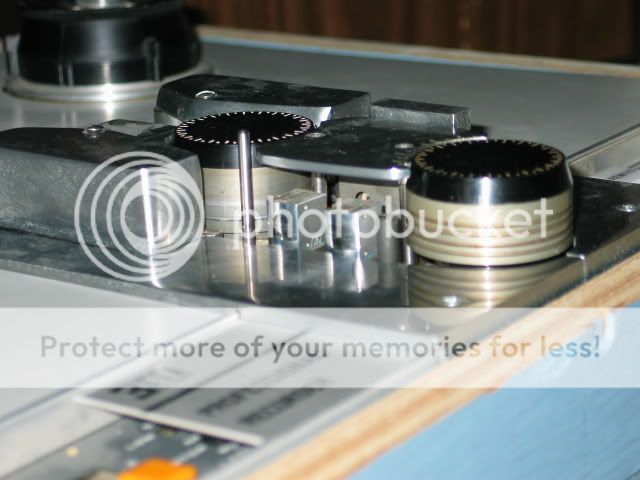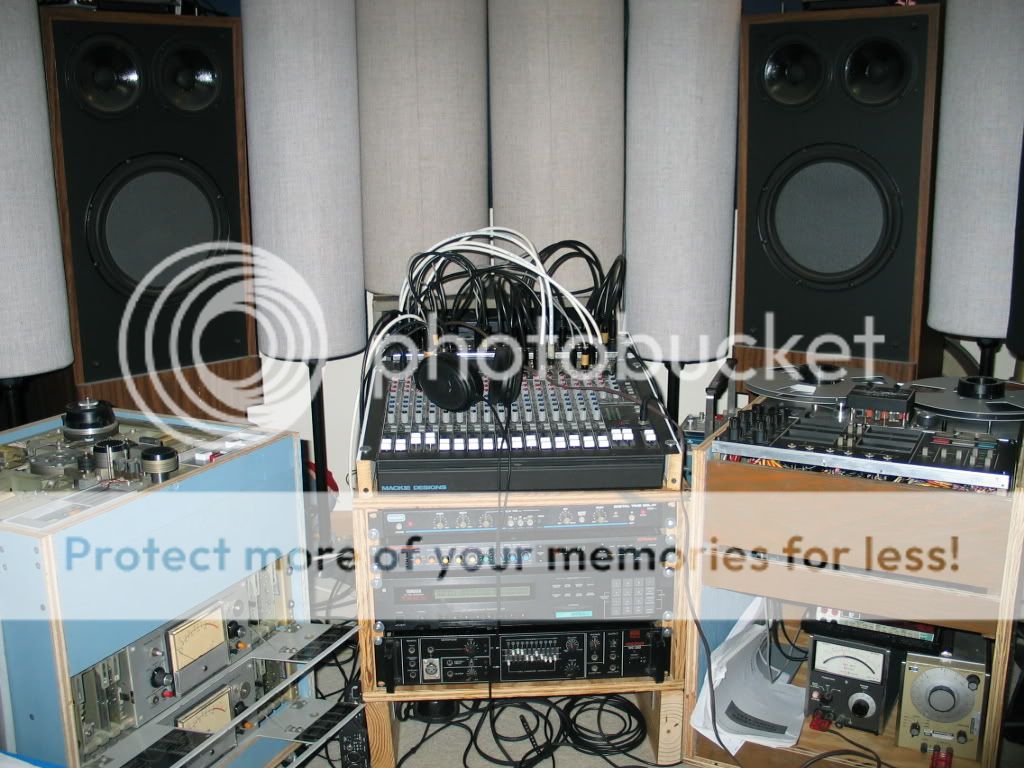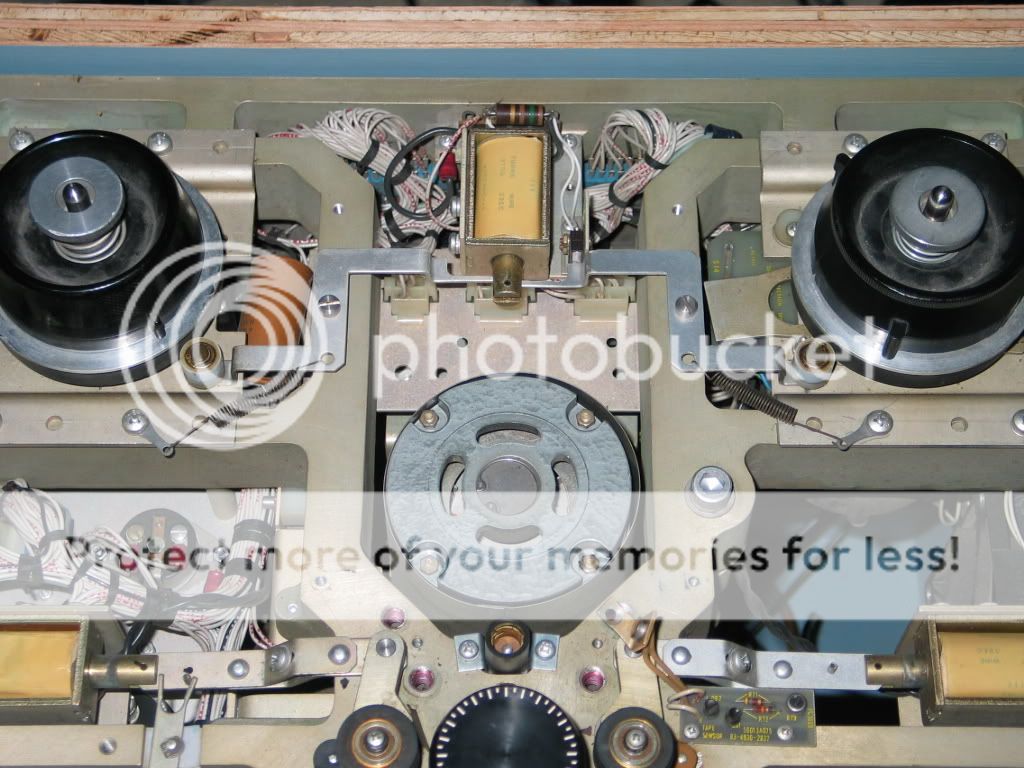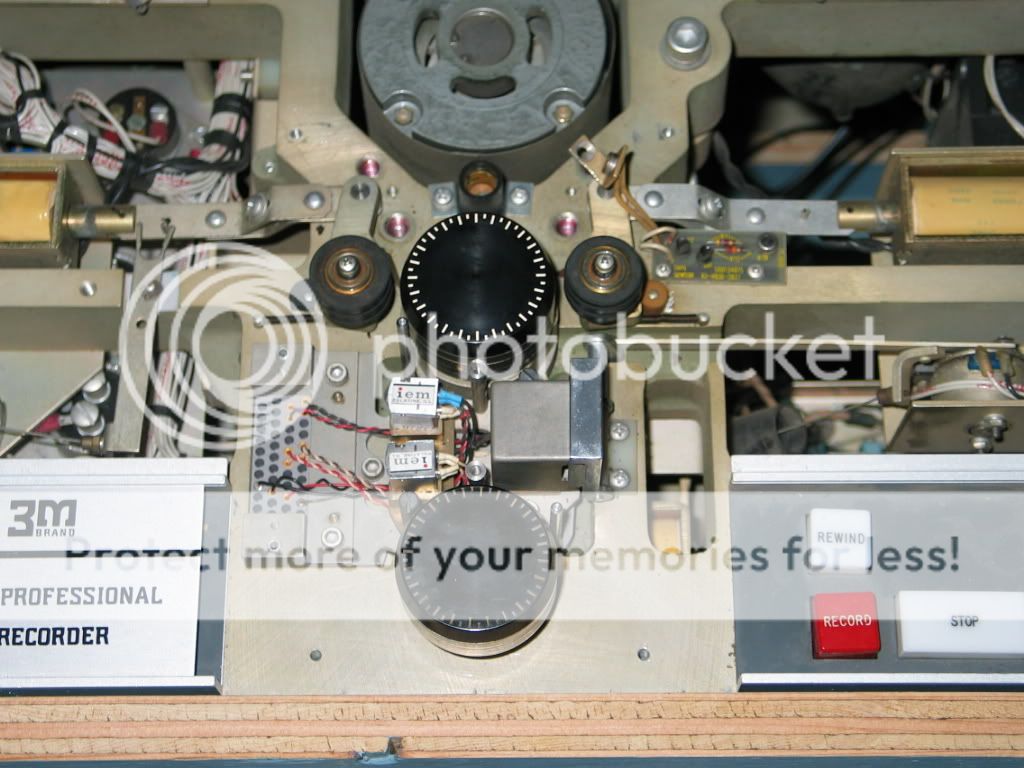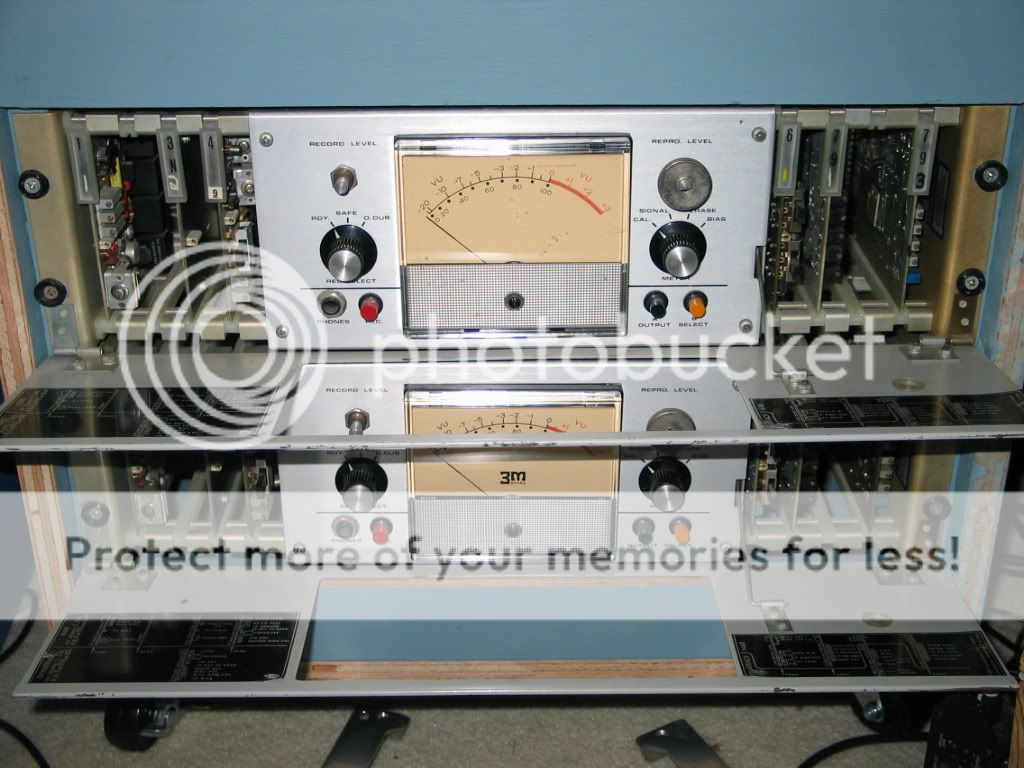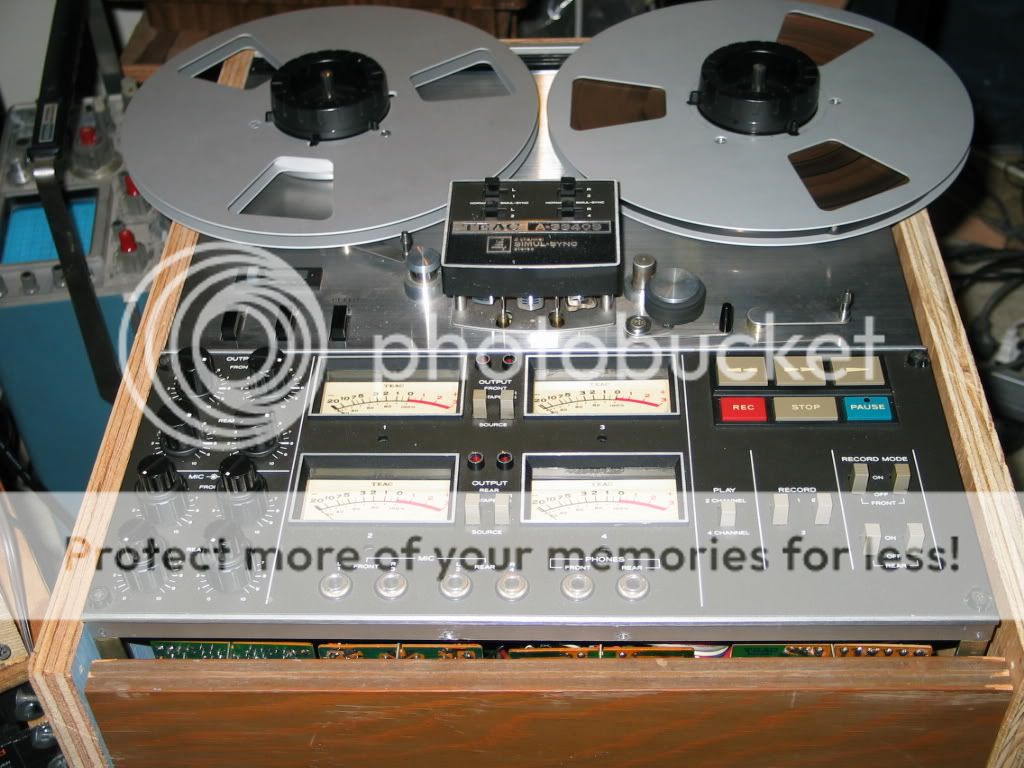Man, Otto, I'm taking serious notes on building something like you've done for your 3340S for several of my 4 tracks. Thanks for the photos. Immensely cool setup!

Thanks! That's very kind. We have five kids under 10, so I can sometimes find time to tinker on the machines at night, but finding time to work with the table saw, that's another matter! The console for the M-23 is much more precise because I had a bigger block of time to work on it, like two hours. That was my Father's Day present. The Teac one I had to cut the pieces in about 30 minutes, so the fit is not as good. Still, it totally gets the job done. Used up a bunch more scrap wood, too, which is always popular with my wife!
As for the idea, it was partly the thinking process that went into the M-23, which was limited by the length of the cables and my desire to keep it compact and low for sonic reasons. But I simply HAD to do something for the M-23, since it was just unmounted electronics and an unmounted transport.
The idea for the Teac really harkens back to the early 80s in my electronic music course here at the university. Our electronic music prof had this neat studio with an EMu modular synth the size of a wall, a patch bay and lots of tape machines: Tascam 38, Teac A3340S, plus several two track machines, mostly Studers and Revoxes. Anyway, most all the machines were mounted horizontally in some sort of rolling console like these, which is very convenient, IMO.
I've had numerous parts off the M-23 tonight. Had to pull the headstack to adjust the tape lifters. Got that fixed so the lifter is off the tape during playback, but the tape height problem remains and now I'm thinking it's a problem with the reversing idler not being vertical. Not sure how to fix that... Well that's for another day.
The cool thing is that I accidentally found out that the runout sensor and circuit works perfectly. I hit the sensor with a flashlight and the transport shut down! Now I just need to install a tape sensor light and it should work. Only reason it didn't work was no bulb in the lamp socket. The lamp is just an ordinary 28V indicator bulb, so they are cheap and easy to come by. No more having to turn the deck off to change a reel of tape or have it spin frantically when the reel runs out before I can punch the off switch! Cool!
Cheers,
Otto



